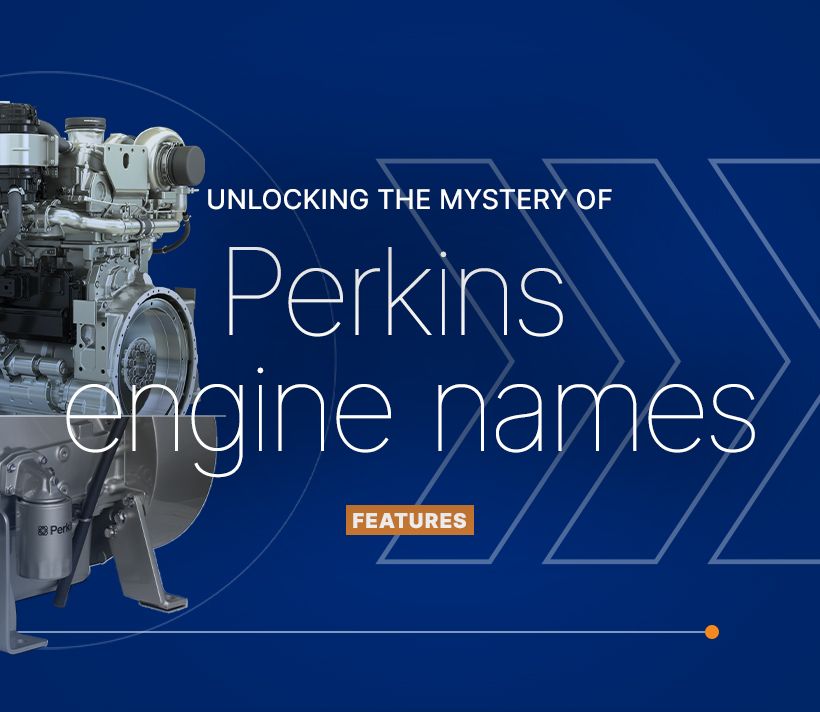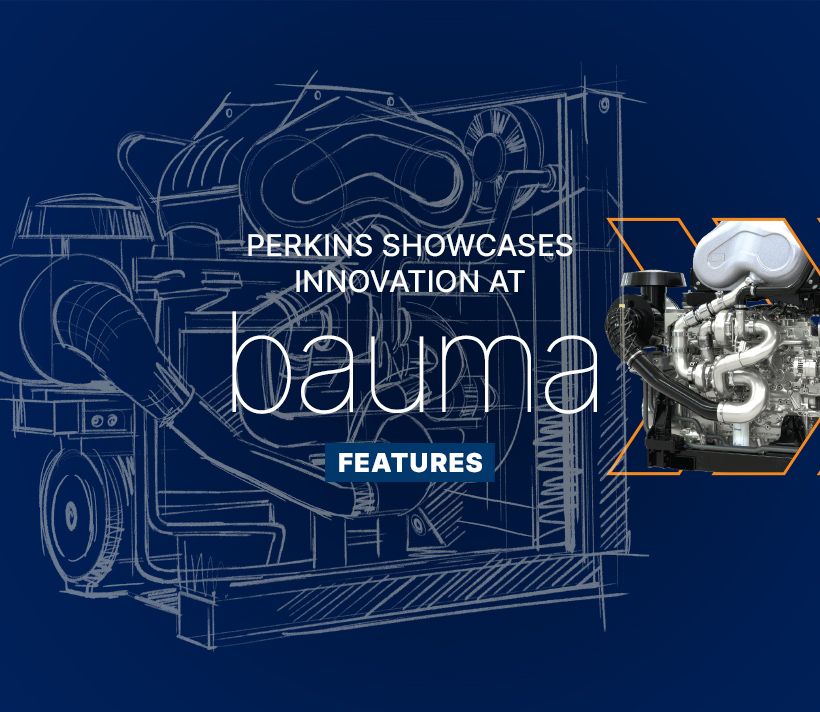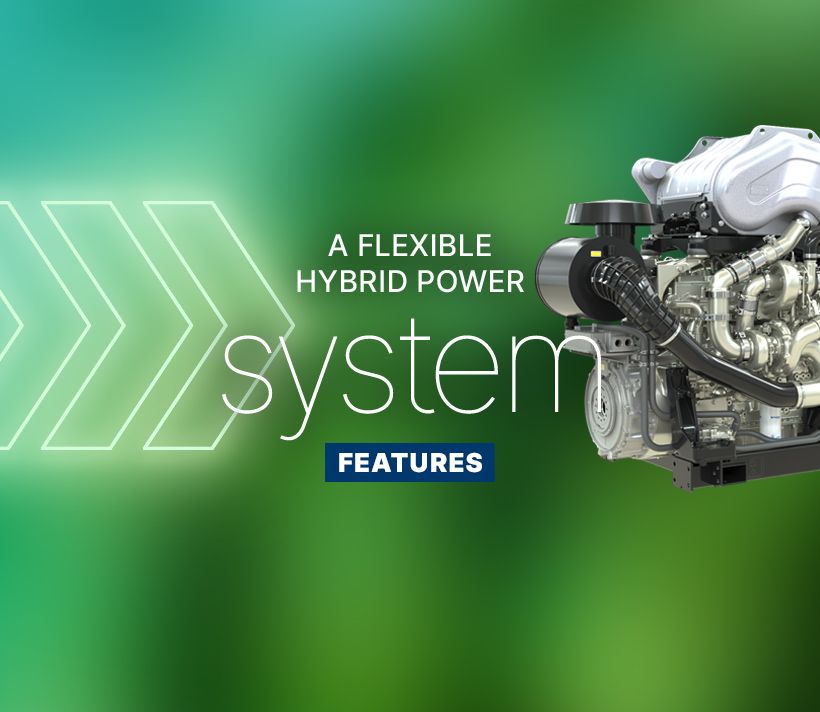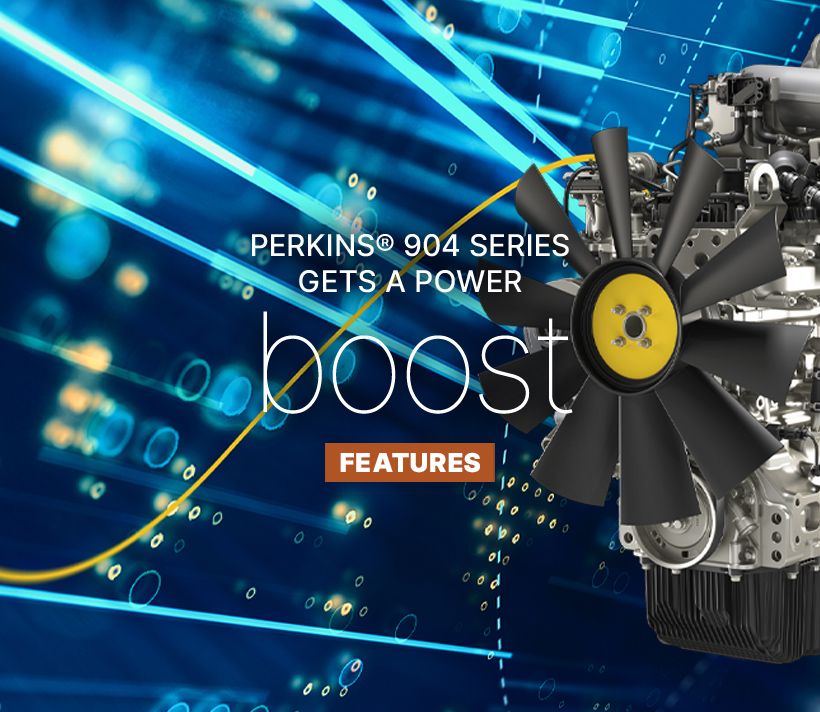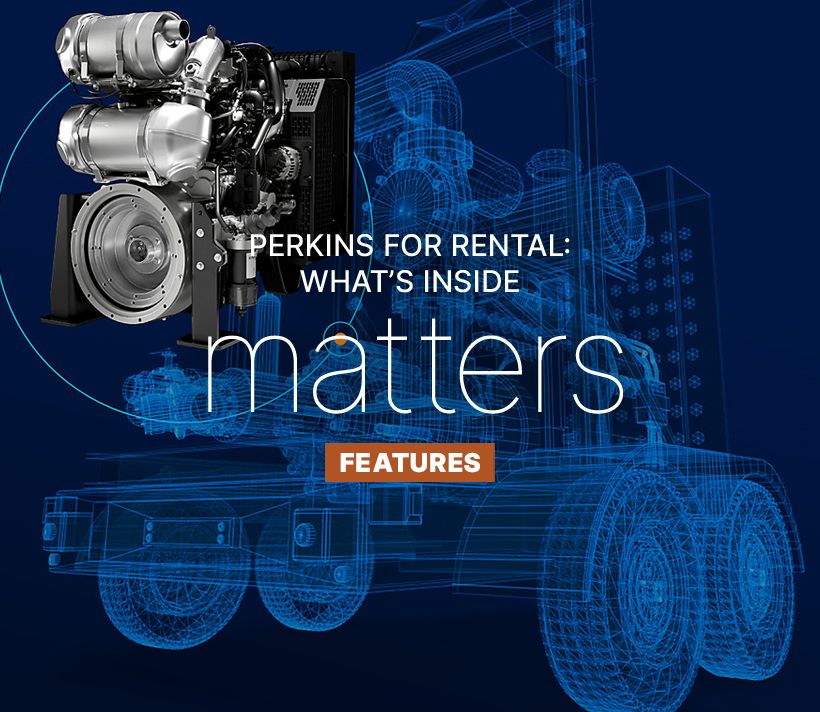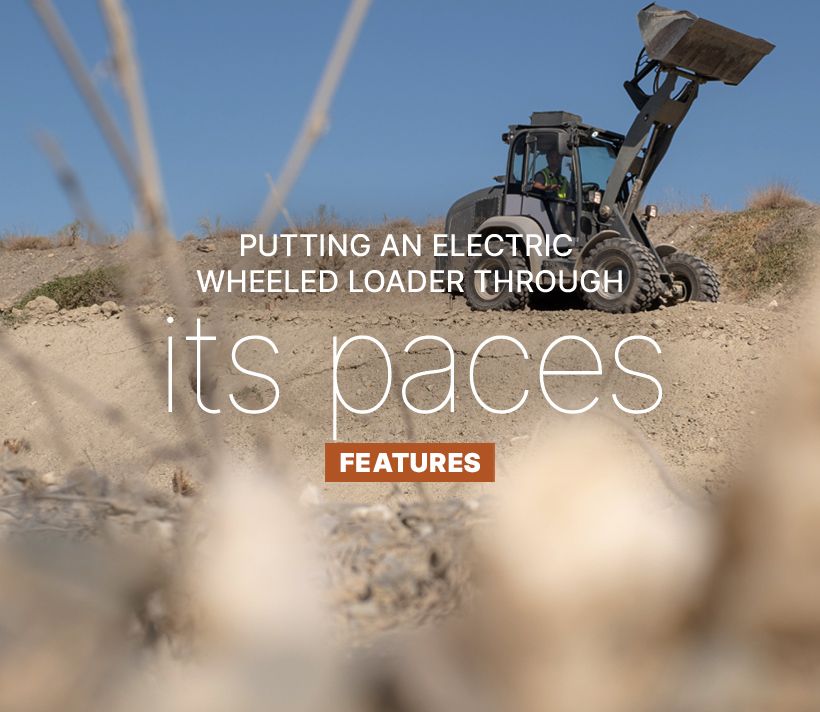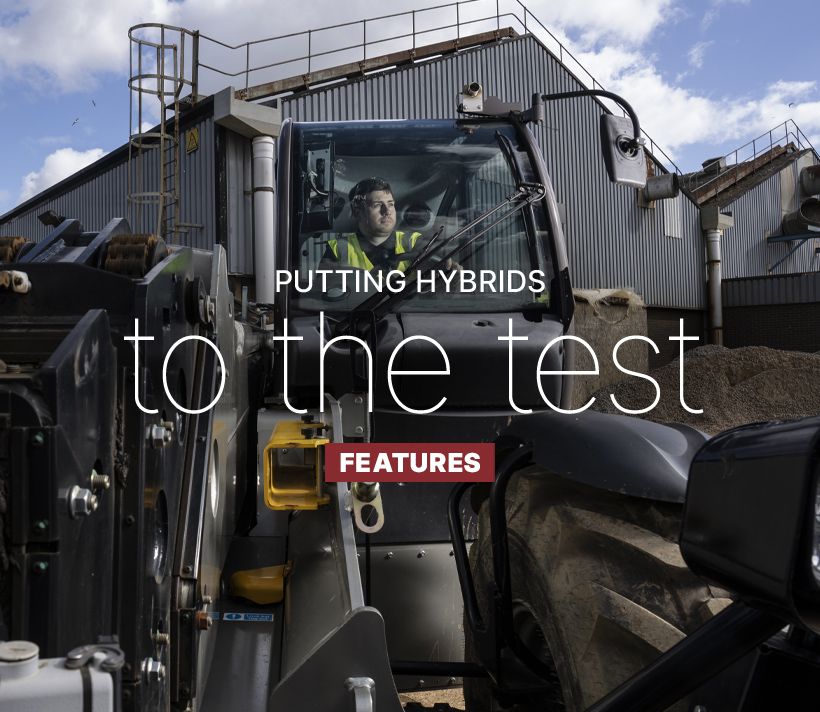Policy. Sustainability. Disruptive technology. Climate change.
Readers currently involved in agriculture, in whatever capacity, will recognise these topics. Ultimately, they’re shaping and influencing debate over the industry’s future: what it can do, how it can operate, its obligations to society and the very real threats facing food production.
The machinery sector isn’t exempt: in fact, agricultural machinery manufacturers and OEMs are shouldering a sizeable share of the responsibility. With that in mind, for this edition of Powernews, we talked to CEMA – the voice of the agricultural machinery industry in Europe – to find out exactly how the industry is responding.
CEMA president Thierry Krier, president and CEO of KUHN Group, was elected in 2020; he was joined in the interview by secretary general Jérôme Bandry, previously with Caterpillar, who’s held the post since 2018.
How valuable are associations such as CEMA in helping to inform policymakers?
CEMA’s objectives are to see an agricultural industry that makes full use of advanced agricultural machinery and solutions for sustainable farming.
CEMA represents the European agricultural machinery industry, with 11 national member associations. The CEMA network represents both large multinational companies and numerous European SMEs active in the sector.
In Europe, the industry comprises about 7,000 manufacturers, producing more than 450 different types of machines. Annual turnover approaches €40 billion and it directly employs 150,000 people. CEMA companies produce machines that cover any activity in the field, from seeding to harvesting, and equipment for livestock management.
Our value is to bring shared expertise to inform policymakers. We can help shape EU legislation, benefitting sustainable farming as well as the agricultural machinery and solutions sector. We have 250 technical experts, from large multinationals to SMEs, within our own technical bodies, and about 100 industry experts and leaders in sectoral and policy-related activities.
How do you see the role of agricultural machinery and mechanisation in contributing to agricultural sustainability?
As Europeans, we enjoy a unique balance of food quantity, quality and diversity, thanks to the hard work of our farmers and a dedicated agri-food value chain where innovation, technology and agricultural mechanisation work together.
Recently, this agricultural system experienced a significant stress-test, demonstrating its resilience by maintaining a steady supply of safe, nutritious food during the Covid-19 pandemic. Nature and agriculture don’t ‘do’ teleworking.
Just like technology, societal expectations are constantly evolving. A consensus towards more sustainable farming is emerging, but there’s a double whammy: producing sufficient food, while protecting nature and safeguarding our biodiversity. The European Green Deal, the Farm to Fork and Biodiversity strategies, the Zero pollution action plan… these set ambitious objectives, with significant impact on agricultural practices for years to come.
What we still lack is the means to measure and understand how the combination of all these objectives will affect European farmers. None of these objectives can be achieved without smart technologies and digital transformation.
Accepting that challenge, the agricultural machinery industry is ready to provide the necessary technologies to support farmers of all farm types and sizes. Digital farming tools, modern farm machines, farm data management systems and agricultural robotics are all parts of the solution to advance sustainable farming.
You mentioned digital tools, data management and robotics. How can these smart technologies, and others like them, be supported across the industry?
First, agri-food innovation remains a priority for Europe. The agri-machinery industry is one of several EU-funded research projects and pan-European initiatives to help close the gap between academic research, practices on the ground and farmers’ needs. Ongoing projects like agROBOfood, NEFERTITI, FAIRshare, INNOSETA, SmartAgriHubs or AgroFossilFree are crucial for innovation in smart technologies for sustainable farming, building on past projects like IoF2020, AgroCycle and Smart AKIS1.
But to increase technology uptake, European policies, measures and support schemes must be aligned. The reformed Common Agricultural Policy (CAP) – just agreed upon by European institutions – can support investments in advanced farm machinery, precision farming technologies and digital solutions to help our farmers stay competitive, while ensuring a generation renewal of farming activities.
The ball is now with the 27 Member States to make it happen. CEMA has recently released a full contribution on smart agriculture solutions for new Eco-Schemes2. We are convinced that if we achieve the right balance and stimulus, advanced agricultural machinery and solutions can sow the future of sustainable European farming.
Now for the big question: emissions and climate change. What’s the sector doing to address its responsibilities here?
We’ve come a long way with emissions. Over the last 20 years, engine exhaust emissions from agricultural machines have fallen dramatically. A couple of years ago, a new agricultural tractor emitted about 95 percent less nitrous oxides (NOx) and particulate matter (PM) than a comparable machine did 20 years ago. Under EU Stage V, since 2019, EU environmental requirements for agricultural machines have become the strictest in the world. No farmer outside Europe faces comparable limits when selecting new equipment.
Nonetheless, we have to be cautious in measuring the impact of what we’ve achieved, before going further. EU farms are small in nature – of more than 10 million agricultural holdings, two-thirds comprise less than five hectares. Then there’s the ageing of Europe’s farmers, one of the greatest challenges facing rural areas.
Agriculture’s not alone in having to address climate change: every sector must cut its CO2 footprint. Crops, livestock and soils contribute 10 percent of the EU27 greenhouse gases in CO2 equivalent. On inputs – fuel combustion for mobile agricultural machinery in particular – we emit another 1 percent of EU27 GHG emissions.
But it’s an economic and industrial challenge to produce an optimal technology mix that mitigates climate change. Farming practices include many operations and many variables, further varying from crop to crop, farm to farm and year to year.
Advanced agricultural machinery and solutions already support sustainable farming, helping EU farmers from farms of all sizes and types to get the most from their land, protecting the environment and bringing economic and social value. Fuel efficiency has been a high priority for development engineers, especially over the last three decades, because fuel consumption constitutes around 50 percent of the total cost of ownership (TCO) for a tractor. We’re working relentlessly, delivering CO2 reduction solutions related to fuel combustion in agricultural machinery.
Alternative fuels and drives are certainly one focus area, but we’re also modelling best practice for fuel efficiency over the whole production process, and technical solutions for CO2 sequestration. This is where digital transformation and adoption of smart technologies become important: they can support farmers to become more sustainable while remaining competitive.
Eko-Tech3 is a large-scale research project investigating fuel efficiency in agricultural machinery. Cross-manufacturer evidence showed that innovative machinery, intelligent process control and modern operating concepts can considerably reduce yield-related fuel consumption against conventional processes, offering fuel savings of up to 40 percent. Furthermore, alternative fuels and drive systems, driver assistance systems and intelligent forms of machine and data management could potentially further optimise agricultural machinery’s CO2 balance.
We also need well-targeted national strategies, with financial support for farmers and contractors to invest in infrastructure, to optimise their existing fleet, to get access to the best available solutions, or to adjust to harmonised practices. Many options are available, including the reduction of CO2 from fuel combustion, but there’s no ‘one size fits all’.
Above all, we need farmers to retain freedom of choice about which options to use in the most suitable and cost-effective way. But as an industry, considering everything in the pipeline, there’s every reason to look forward with optimism: advanced agricultural machinery and solutions can help us reach climate neutrality in agriculture – even carbon-negative farming.
Have you ever looked at the name of a Perkins engine and wondered what all those numbers and letters actually mean? If so, you’re certainly not alone. But rest assured the nomenclature is anything but random.
Read morePower systems, services and technologies engineered for efficiency, productivity and fuel flexibility will be on show.
Read moreWhy stick to one fuel, when you can have a configurable power system?
Read morePerkins has announced a power uplift to the popular 3.6 litre variant.
Read moreWe chat to Corey Berry following the successful showings at American Rental Association (ARA) and United Rentals exhibitions.
Read moreWe headed to Malaga, Spain, to learn more and see the machine in action.
Read morePowernews caught up with Sylvia to learn more about her responsibilities, motivations, and leadership journey.
Read moreHow our Customer Solutions and Engineering teams are actively helping customers reduce fuel consumption.
Read more

